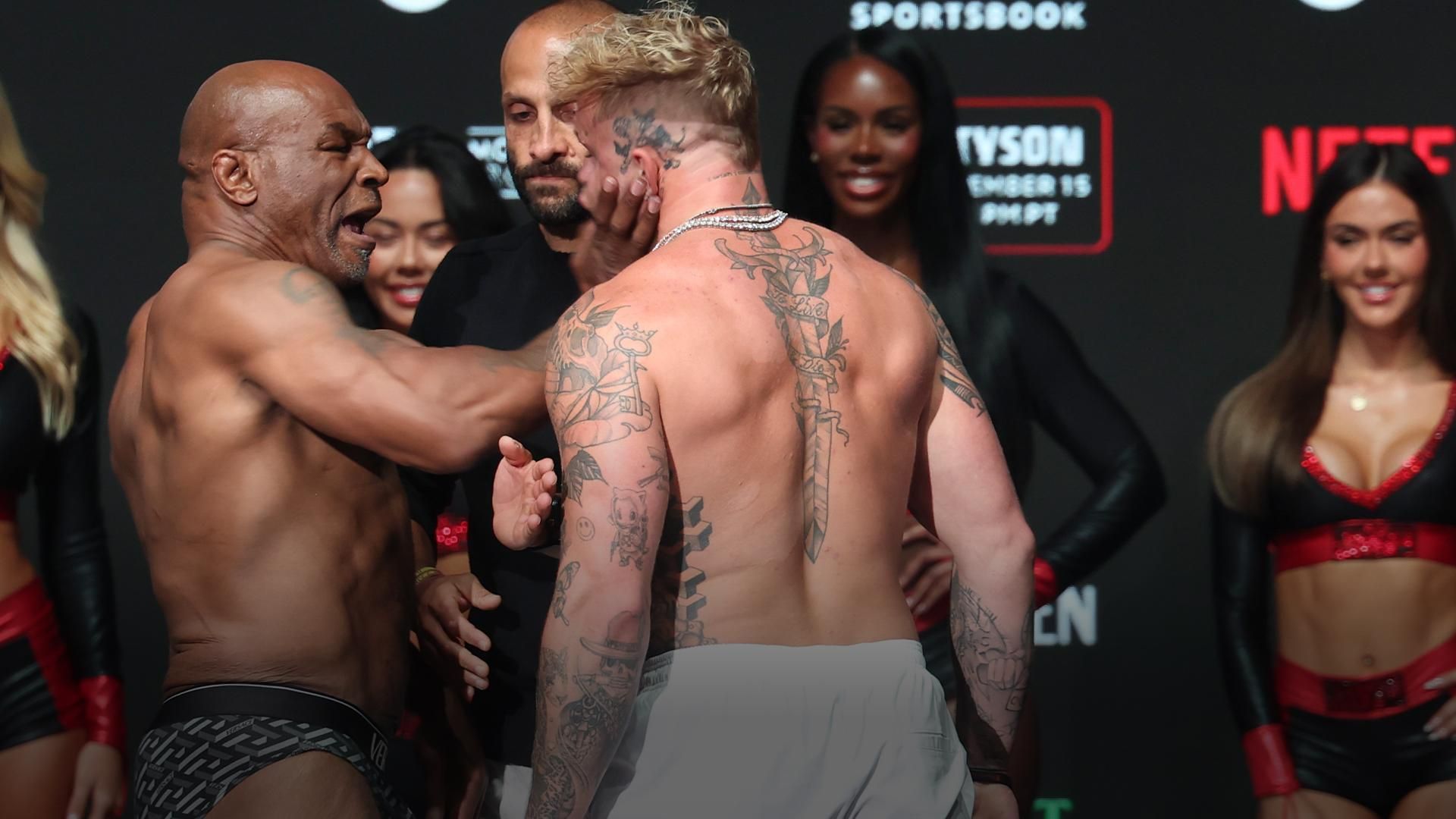
The two-year anniversary of a decision that seemed crucial to the Cardinals at the time will pass without much fanfare this week. In late October of 2022, third baseman Nolan Arenado made official what he had pledged, agreeing again to the vision he and his team shared when the Cardinals rescued him from Colorado via a stunning trade before the 2021 season. Arenado wasn’t leaving.
He was opting in, instead of out, to the remainder of his five-year, $144 million contract with the Cardinals. His vision was clear. He loved St.
Louis. He wanted to deliver for the team that stretched to free him from the reeling Rockies. He saw his current team as one with which he could finish what has a good chance to become a Hall of Fame career.
He yearned to perform at a higher level in the postseason and relished playing for an organization that aimed to get there annually. “I think being in St. Louis, to go (to the postseason) back-to-back years, we have the opportunity to do it every year, and I really do believe that we can do that, and that’s why I’m here,” Arenado told Post-Dispatch lead Cardinals beat writer Derrick Goold that offseason.
“That’s how I see it. The goal is to go into the playoffs every year and win. I’ve been fortunate enough to accomplish some cool things in this game, and I think winning is the only thing that I really want.
” Arenado’s contract remains. It runs through the 2027 season. But much around the player and his team have since changed.
Arenado is entering his age-34 season coming off the most meager offensive showing he’s had with the Cardinals, the first in which he did not secure All-Star honors or hit at least 20 home runs. After back-to-back postseason misses following back-to-back wild-card wipeouts — and the same number of postseason wins as the Rockies since Arenado’s time here (zero) — the Cardinals are, for the first time in a long time, saying publicly that building a roster constructed with the postseason in mind will take a back seat to shoring up a player development pipeline that hemorrhaged to the point of free agents and trade acquisitions being counted upon throughout the lineup and rotation. The Cardinals are at a crossroads, and I think it’s fair to say one of the most critical conversations that must take place this offseason needs to occur between Arenado and his team.
Two-way honesty will be the best policy. Honesty about what has transpired until now. Honesty about what both sides want (and don’t want) moving forward.
The Cardinals did right by Arenado by bringing him here. He was eager to get out of Colorado. He’s met and even exceeded expectations at times.
But the Cardinals should have done more to capitalize upon the shared high point of Arenado and Paul Goldschmidt’s St. Louis careers, a rare opportunity that ultimately got squandered. And Arenado didn’t perform very well when the Cardinals did get him into the postseason.
Then his step back this year offensively was a lot harder to swallow than Goldschmidt’s, considering their age difference. Had Arenado, 33, and/or Goldschmidt, 37, played closer to their career norms, the Cardinals could be in a different spot now. That’s now the past.
What about the future? Already mass assumptions are underway about which high-priced veterans the Cardinals will deal as they lean into a retool, rebuild or whatever else you want to call this new chapter. Sonny Gray’s market could be too tempting to pass up for a team looking to get younger and willing to hand over a key rotation spot to rising arms. Closer Ryan Helsley’s market could be too tempting to pass up for a team that, realistically, might not be in a great position to use one of the game’s most locked-in closers.
Pending free agent Goldschmidt’s situation answers itself. Unless he is eager to take a below-market, short-term deal, you thank him for his services and turn a first-base page. Arenado, like 32-year-old catcher Willson Contreras, are in different positions.
Both have significant guaranteed years (through 2027) and significant guaranteed money left on their current deals. While both are highly respected veteran players, between Contreras’ injuries and defensive questions that the Cardinals only exacerbated and Arenado’s offensive decline from his previous career norms over the past two seasons, both could be harder to move than some assume — if you are looking to get a solid return, that is. What pulled Arenado (and Contreras) to the Cardinals was their appreciation of an organization that pretty much could count on playing postseason baseball.
What should be the starting point of how this offseason goes with them should begin with how they honestly answer one simple but heavy question. Are they willing to commit to helping the Cardinals do what is necessary to restore that kind of identity, or would they rather start fresh elsewhere? If one or both of these guys want out, the best long-term answer for a Cardinals team that is putting tomorrow ahead of today would be to find a way to make that happen, even if it means not wowing trade-graders with the returns. You don’t want checked-out vets at the top of your payroll when publicly pledging a turn toward exciting youth.
I hope another alternative becomes reality. Few things can help expedite a refresh like proven players who buy into the rebranding, guiding young players along the way. Contreras’ fire (and power) could be nice furnace fuel for a team eager to outperform modest expectations.
Arenado’s defensive excellence and dedicated work ethic are good things to have around a young team. Arenado noticeably changed tones some this season, as he went from being a player who once complained about the amount of young players in his clubhouse to a veteran who found himself pulling energy from some of those same young players. The former version of Arenado could slow down a pivot.
The latter could help shorten it. If Arenado’s current vision of his time with the Cardinals features him helping the organization restore the image that once drew him from afar, his most meaningful work for the organization could be starting soon. If he didn’t sign up for this possibility when he opted in two years ago, it would best if he and the Cardinals sought an alternative suitable to both sides.
.














